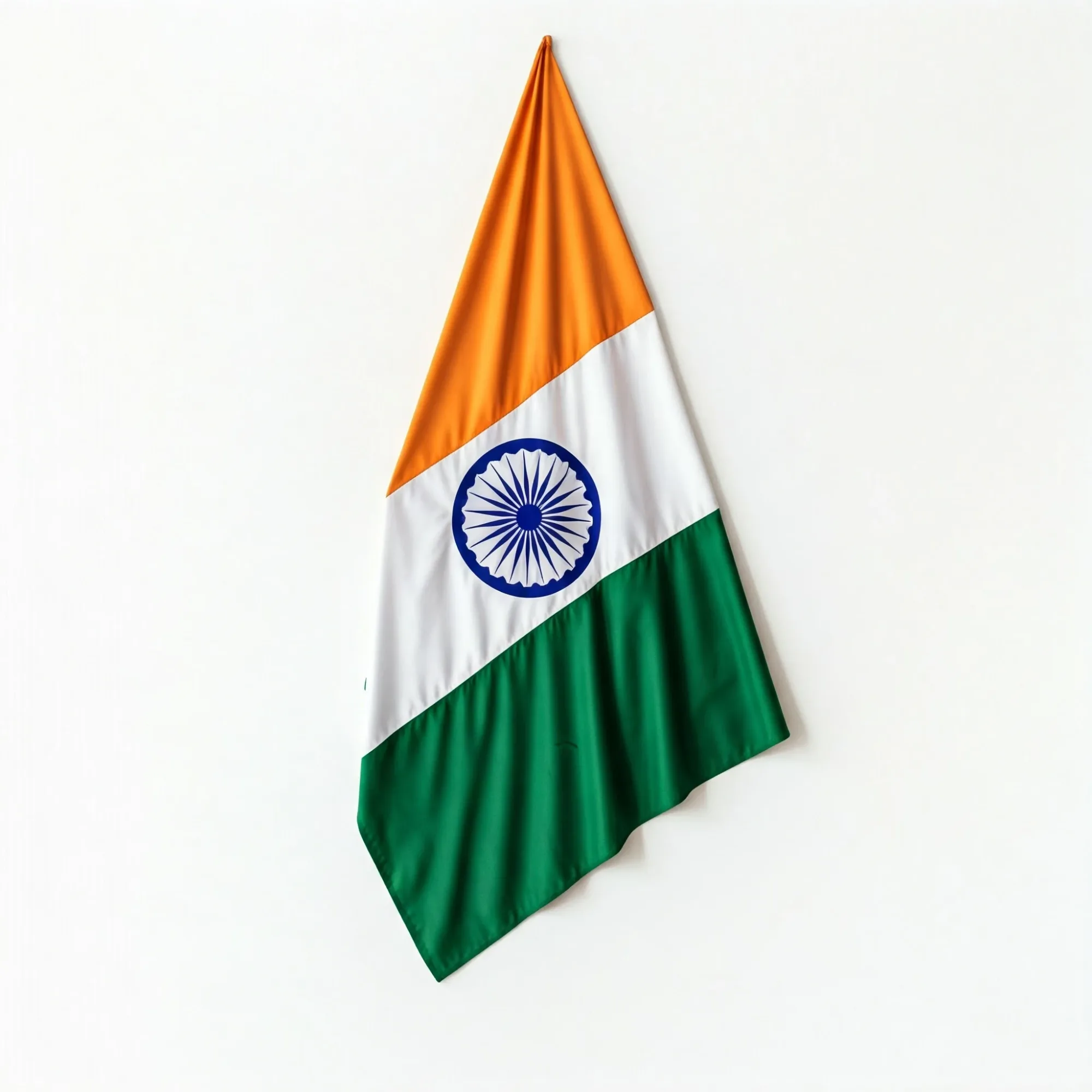No products in the cart.
Need help? Call us:
Menu Categories
* We are available on Amazon,Flipkart and Myantra. * We deliever free shipping on products above rs500.
* We are available on Amazon,Flipkart and Myantra. * We deliever free shipping on products above rs500.
Indian National Flags| 6′ X 9′ ft DT| Charkhashilp
Brand:
₹7,649.00
Shipping calculated at checkout.
🔥 Buy More Save More!
Buy 3 items get 5% OFF
on each productBuy 6 items get 10% OFF
on each productBuy 10 items get 15% OFF
on each product Estimated delivery:12 days
Tag: Indian National Flag Categories: Home and Decor, National Flag
Have any Questions?
Feel free to Get in touch
Guarantee Safe and Secure Payment Checkout
The Indian National Flag – Symbol of Unity, Freedom, and Pride
Specifications
- Fabric – Khadi
- Dimensions – 6′ X 9′ ft DT (2700X1800 MM)
- Country of Origin- India
The Indian National Flag, also known as the Tiranga, is a tricolor flag that holds great significance for the people of India. It serves as a powerful emblem of the country’s unity, diversity, and freedom struggle. Each color and element of the flag holds a deep meaning, reflecting the aspirations and principles of the Indian nation.
The Indian Flag Design
- The Indian National Flag features a horizontal tricolor design, consisting of three equally sized stripes of saffron (top), white (middle), and green (bottom) from top to bottom. These colors are harmoniously combined to represent India’s diverse culture, heritage, and unity.
Saffron (Top Stripe):
- The saffron color in the flag symbolizes courage, strength, and sacrifice. It represents the indomitable spirit of the Indian people in their pursuit of justice and the willingness to sacrifice for the greater good of the nation
White (Middle Stripe):
- The middle white stripe signifies purity and truth. It represents the commitment of the Indian people to uphold honesty, peace, and harmonious coexistence among the diverse religious and ethnic communities of the nation.
Green (Bottom Stripe):
- The green color stands for growth, fertility, and prosperity. It reflects the country’s aspiration for sustainable development and a thriving future for its citizens.
Ashoka Chakra:
- In the center of the white stripe, this Indian National Flags features the Ashoka Chakra, a navy blue wheel with 24 spokes. This emblem represents the “Wheel of Law” and embodies the principles of Dharma (righteousness). The Ashoka Chakra symbolizes the continuous progress of the nation and the importance of justice in public life.
Historical Significance:
- The Indian National Flag has a rich history that dates back to the Indian independence movement. It was first unfurled on August 15, 1947, when India gained independence from British colonial rule. The flag’s design was conceptualized by Pingali Venkayya and was officially adopted by the Constituent Assembly of India on July 22, 1947.
Display and Respect:
- The Indian National Flag is not just a piece of cloth but a revered symbol of the nation. As per the “Flag Code of India,” citizens are encouraged to hoist the flag on national holidays, important events, and during national celebrations. It should always be treated with respect and dignity and must never touch the ground or be used for any other purpose than as a symbol of national pride.
Conclusion:
- The Indian National Flag is a powerful symbol of India’s rich cultural heritage, unity in diversity, and the relentless struggle for freedom. It instills a sense of pride and patriotism in the hearts of every Indian and serves as a constant reminder of the country’s commitment to progress, justice, and prosperity. As the flag waves high, it symbolizes India’s journey as a democratic and sovereign nation, embodying the dreams and aspirations of its people for a better and brighter future.
Be Vocal for Local
This flag does not only stand for India but is also made in India by local craftsmen. When you choose this flag, you not only express your love for the nation but also show solidarity to the Indian craftsmen community. Support local, and build Aatma Nirbhar Bharat.
Manufacturer
KDP Enterprise
Return & Exchange
This item is non-returnable because it is specially handcrafted by the artisans. *Terms & Conditions applied*
Legal Disclaimer
The actual size, weight , and color of the product may vary from information on website, as the product is handcrafted by different artisans.
Be the first to review “Indian National Flags| 6′ X 9′ ft DT| Charkhashilp” Cancel reply
Related products
Cotton Sateen Bedsheet
Rated 0 out of 5
₹1,282.00 Cotton Sateen Bedsheet Dive into a luxurious sleep experience with our Cotton Sateen Bedsheet. Crafted from 100% pure ...
Add to Compare Acrylic Flag with Frame
Rated 0 out of 5
₹1,549.00 Acrylic Flag with Frame – A Perfect Tribute for Republic Day 🇮🇳 This Republic Day, celebrate India’s pride...
Add to Compare Ashok Stambh Wooden Statue (4 inch)
Rated 0 out of 5
₹249.00 Ashok Stambh Wooden Statue – A Symbol of India’s Strength and Heritage 🇮🇳 Welcome to Charkhashilp, where t...
Add to Compare Indian National Emblem Decor (10 inches)
Rated 0 out of 5
₹649.00 Handcrafted Indian National Emblem – A Symbol of India’s Strength and Heritage 🇮🇳 Welcome to Charkhashilp, w...
Add to Compare Republic Day Gifts-Ashok Stambh (12 inches)
Rated 0 out of 5
₹849.00 Republic Day Gifts- Ashok Stambh – A Symbol of India’s Strength and Heritage 🇮🇳 Welcome to Charkhashilp, w...
Add to Compare 

Reviews
There are no reviews yet.